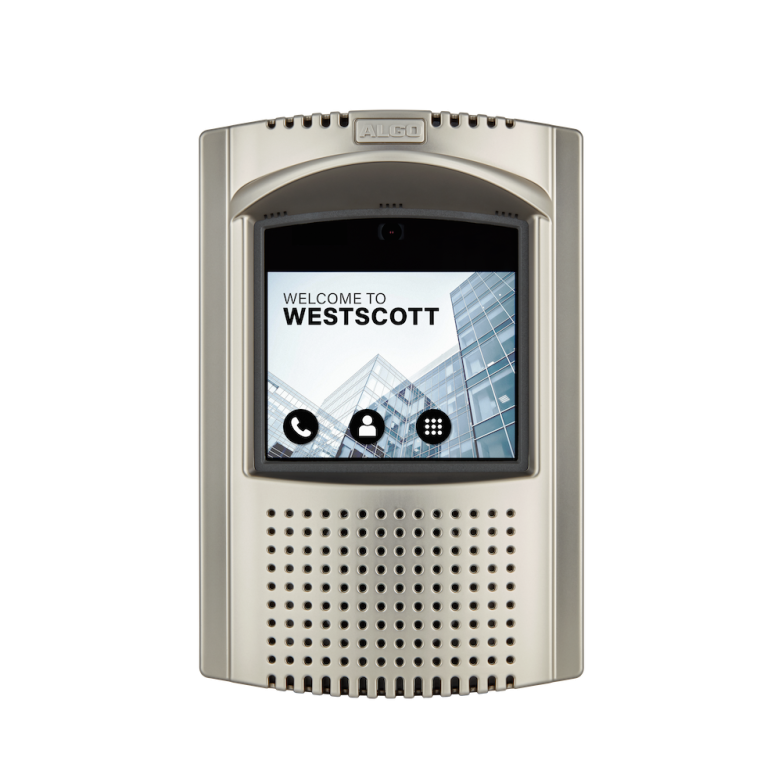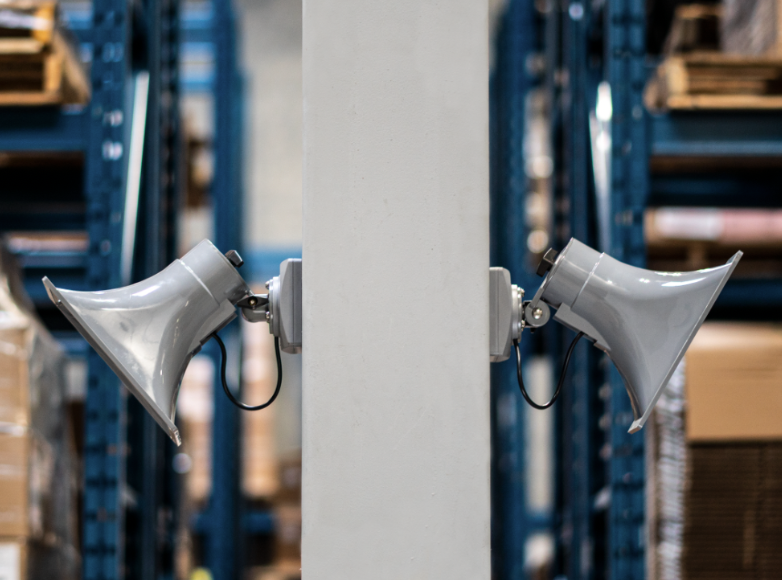Retail
Use Algo’s IP Endpoints to warn and inform clients inside retail stores. Broadcast specific or scheduled announcements and provide background music to selected areas or the entire building. Address large crowds of people with seamless communication.

Retail stores deploy Algo’s IP PoE speakers IP PoE intercoms, and IP PoE strobe lights to improve productivity, security, and employee safety.
Network infrastructure built to support IP-based communication and operational technology can support IP-based endpoints to provide public address (voice paging), security intercom, and safety or emergency notification.

Examples & Applications
The examples of retail stores who have deployed Algo IP endpoints include:
- Home Improvement
- Restaurant Chains
- Automotive Services
- Pharmacies
- Super Stores
- Department Stores
- Office Supplies
Larger store environments typically involve voice paging for convenient communication with employees and notification to customers with either live page, automated messages, or activated alerts.
Environments
Organizations have a choice between IP enabling legacy paging infrastructure that already exists, or deploying IP speakers, or both. Often the discussion around IP paging occurs during a migration to a new VoIP Unified Communications (UC) platform. Any system can be made compatible with VoIP UC platforms such as Avaya, Broasdsoft, Cisco, Mitel and many others
Service related retail often has a need for loud ringing in production/shop areas or possibly a single speaker for paging to a small work area. In these cases a single IP speaker such as the Algo 8186 Horn Speaker may be alll that is needed and is very cost effective. The speaker can be used for live voice paging as well as ring notification and integrates seamlessly with the VoIP telephone system. For environments that can be intermittently quiet or loud, the embedded microphone in all Algo IP speakers allows for automatic volume change with ambient noise level.
In new facilities Network Administrators typically prefer an IP solution over analog for all infrastructure to be on a managed data network along with communication and operational technology.
For more information or assistance with your project please contact us.





